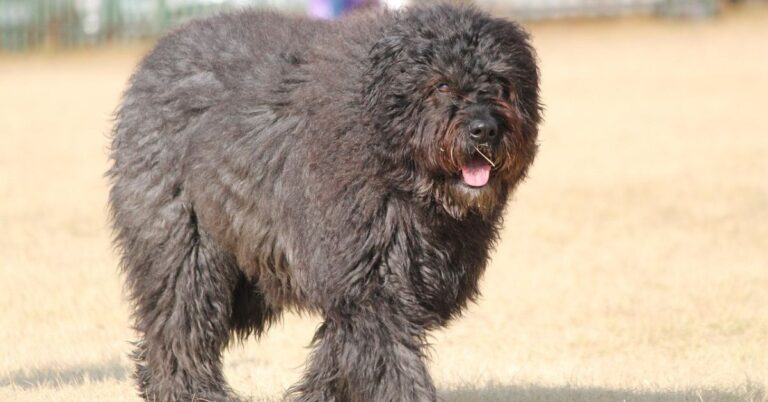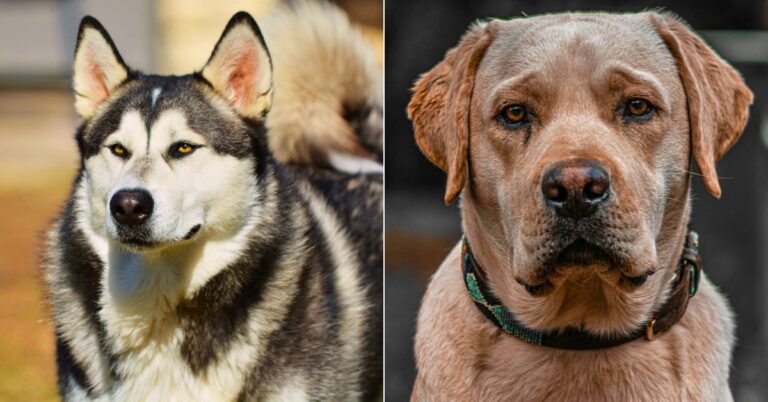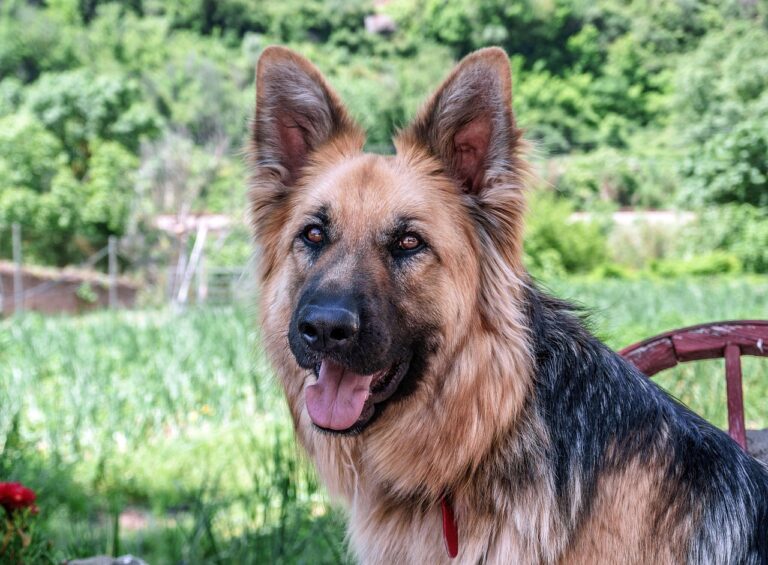What Sets German Shepherds Apart From Belgian Malinois
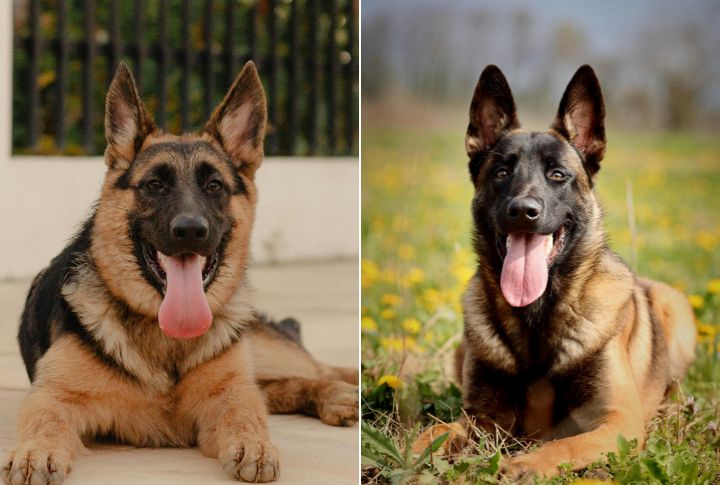
People joke that these two breeds are copy-paste dogs, yet living with them proves the joke falls apart fast. Each has its own pace, spark, and household habits. If you’re ready to settle the “who’s who” mystery once and for all, slide in and meet the real characters behind the confusion.
Size Difference
Handle a Malinois first, and you’ll notice right away how light and compact it feels. Moving to a German Shepherd makes the difference clear, since its longer, heavier frame brings a steadier, more grounded presence. That contrast shows up in simple moments, from managing walks to lifting the dog into the car.
Coat Color And Appearance
The easiest way to tell these breeds apart is by studying their faces first. A bold black mask gives the Malinois a sharper, more alert look. In contrast, the Shepherd lacks that uniform mask and instead carries the familiar black-and-tan saddle pattern that creates a softer, more blended outline.
Health Issues
Long-term care looks different for each breed. Joint and spine concerns appear more often in Shepherds, so aging brings a need for careful support. The Malinois usually dodges those problems, yet its high drive can cause strain injuries. Keeping activity at a healthy level helps both dogs stay comfortable as the years pass.
Trainability
What shapes training with these breeds isn’t just intelligence but how they respond to guidance. That steady willingness to follow direction makes the German Shepherd an easier dog for new owners to learn with. And the level of intensity the Malinois brings to tasks fits people comfortably, guiding a dog that works best with rapid cues and structure.
Energy Levels
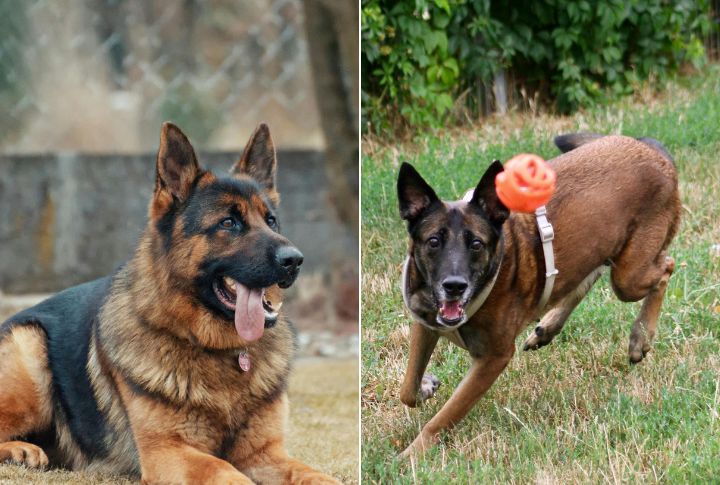
Most owners notice the pacing difference long before anything else. The Malinois keeps moving, even after a long outing, because its drive rarely slows. The Shepherd handles activity, too, but settles once it’s satisfied. That contrast becomes important when choosing between a constantly active home and one that prefers calmer daily rhythms.
Working Roles
Different kinds of work bring out different instincts. Tasks that call for steady judgment—like guiding someone safely or staying focused during long searches—tend to suit the Shepherd. Fast, high-pressure situations lean the other way, which is why police and military K9 teams count on the Malinois for quick, precise reactions.
Family Fit
Families usually notice how differently these breeds settle into everyday life. Shepherds offer a seady, reassuring presence that fits comfortably around children and routine moments. Because the Malinois forms a strong bond yet channels it through constant drive, it needs experienced owners who can guide that energy in homes already moving at a fast pace.
Temperament
Daily interactions reveal personality differences long before anything else does. Calm adaptability makes the Shepherd easy to live with, especially in busy households. The Malinois brings sharper energy that looks for challenge and direction. That intensity appeals to owners who enjoy structure, while families wanting predictability connect more with Shepherds.
Lifespan
Long-term commitment shifts depending on how many years you hope to share with a dog. Shepherds usually live nine to thirteen years, which is typical for a large breed. On the other hand, the Malinois often stays a little longer, giving owners extra time together when they want an active companion that remains involved through more stages of life.
Coat Type
People usually notice the grooming difference only after living with the breeds for a bit. The Malinois keeps things simple because its short coat stays easy to manage day to day. The Shepherd goes the opposite way with a thicker double coat that sheds heavily, turning brushing into a regular part of the routine.
